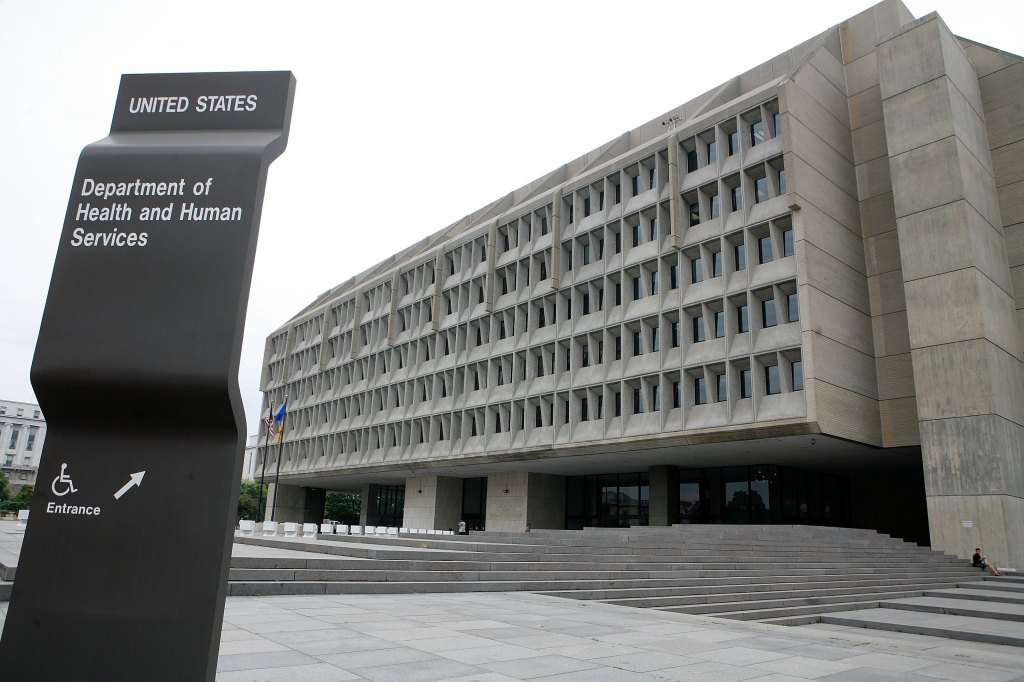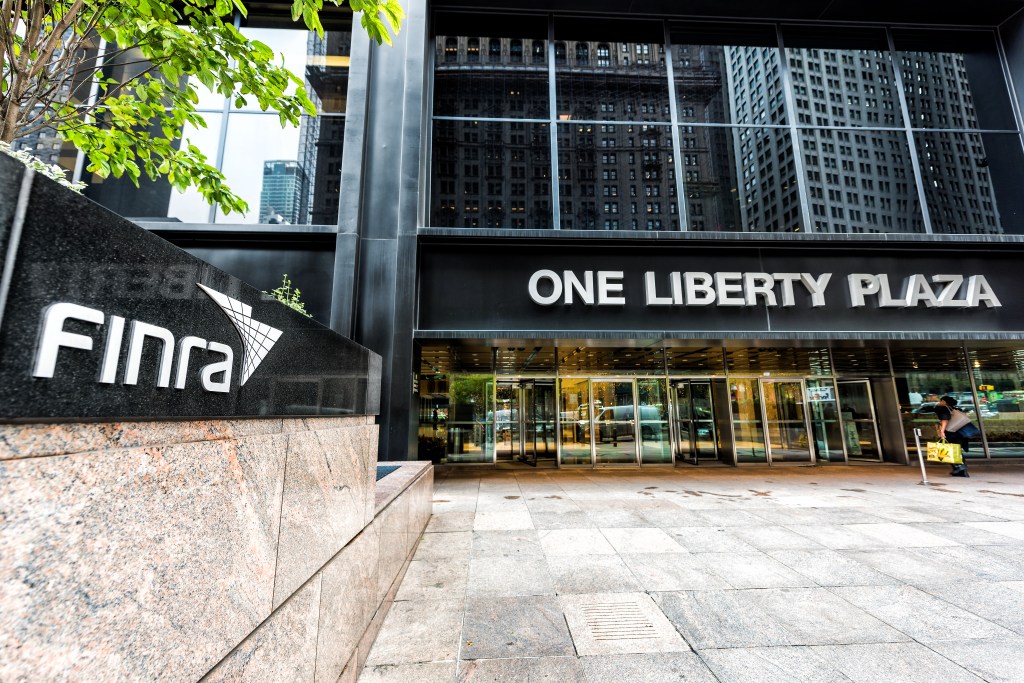FINRA’s 2023 Report provides member firms with key insights into findings from recent oversight activities, as well as observations into its Member Supervision, Market Regulation and Enforcement programs (collectively, regulatory operations programs). The regulator said its report reflects a commitment to providing greater transparency to member firms and the public
Register for free to keep reading.
To continue reading this article and unlock full access to GRIP, register now. You’ll enjoy free access to all content until our subscription service launches in early 2026.
- Unlimited access to industry insights
- Stay on top of key rules and regulatory changes with our Rules Navigator
- Ad-free experience with no distractions
- Regular podcasts from trusted external experts
- Fresh compliance and regulatory content every day













